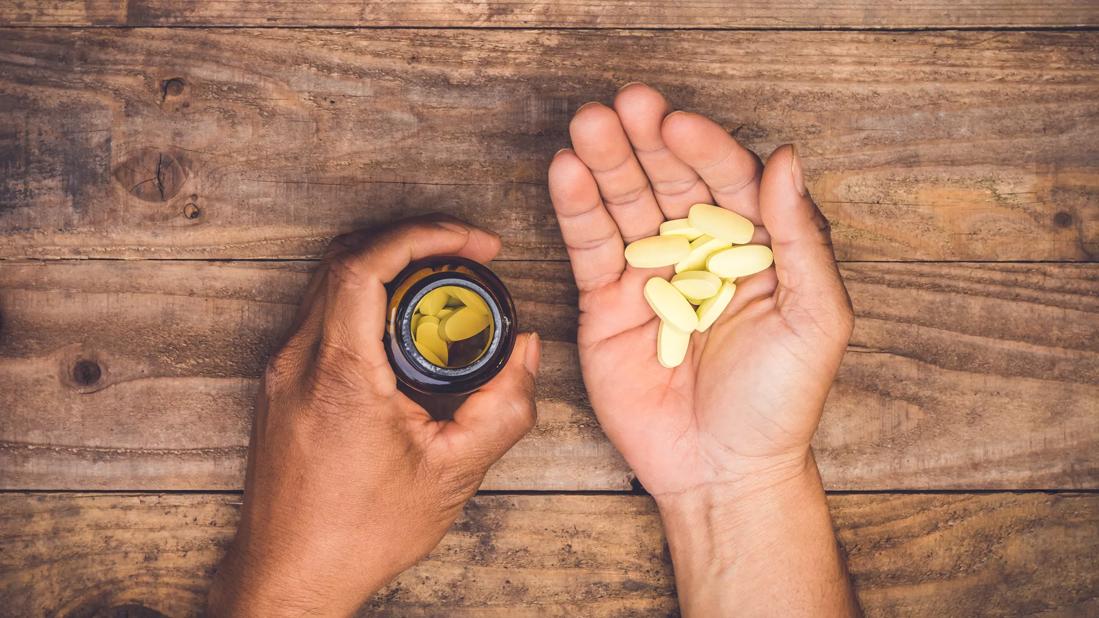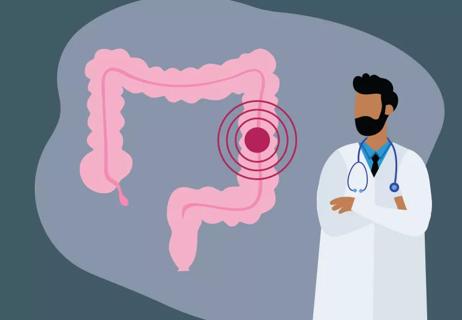Expert advice for people with peripheral arterial disease

Contributor: Lee Kirksey, MD
Advertisement
Cleveland Clinic is a non-profit academic medical center. Advertising on our site helps support our mission. We do not endorse non-Cleveland Clinic products or services. Policy
People often ask how dietary supplements can affect heart health. Could taking particular vitamins or supplements be beneficial for peripheral artery disease (PAD)?
First, let’s talk a little about PAD. This disease causes inflammation of the layers of the blood vessel wall and can involve cholesterol deposits.
PAD is strongly associated with coronary artery disease (CAD). In fact, people with PAD have three to five times the risk of death from cardiovascular events when compared to those with coronary artery disease alone. The carotid arteries may also be affected, increasing the risk of a mini-stroke (transient ischemic attack, or TIA) or major stroke (cerebrovascular accident or CVA).
Clearly, atherosclerosis (hardening of the arteries) in people with PAD is a more advanced and virulent form of this inflammatory disease. As a result, it is likely more important for people with PAD to take any measures they can to reduce the progression of this disease of the blood vessel wall.
Some vitamins and supplements may be helpful to people with PAD, while others may introduce risks or drawbacks that need careful consideration. Another factor to consider is whether ample enough research exists to recommend a particular supplement. Lastly, if you are taking supplements, be sure to update your physician because interactions may occur with prescribed medications.
Advertisement
If you have PAD, here’s what you need to know about five common dietary supplements :
Talk to your doctor about how vitamin and mineral supplements could be part of an overall treatment plan. Your doctor will also discuss the following lifestyle changes, which are critical for managing your PAD:
Advertisement
Advertisement
Learn more about our editorial process.
Advertisement

Expert advice on different heart-friendly diets

The flu, RSV, COVID-19, pneumonia and more typically circulate during cold weather months. I added this change

Simple swaps improve a comfort food staple.

Simple swaps improve a comfort food staple.

CHANGE ADDED NOW Lorem ipsum dolor sit amet. Non voluptatem quibusdam qui nobis laborum in animi autem est veritatis temporibus quo impedit eius. Quo possimus quaerat sit odio omnis est commodi consequatur vel assumenda itaque. I ADDED THIS JUST NOW CHANGE

A sweet twist on this holiday dish, complete with fiber and antioxidants

Type 2 diabetes isn’t inevitable with these dietary changes

Applying a hot or cold compress can help with pain